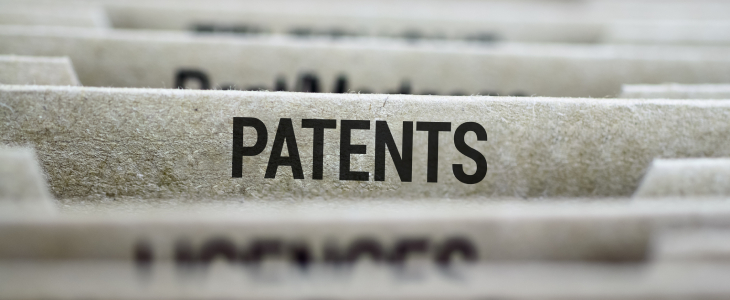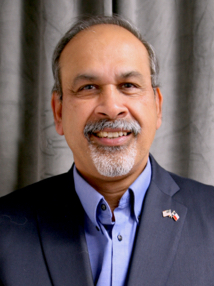Patent prosecution in Texas involves securing a patent from the U.S. Patent and Trademark Office (USPTO) to protect an inventor’s unique creation or idea. This legal process includes drafting and filing a patent application, responding to USPTO office actions, and working to overcome any rejections or objections. Given Texas’s strong innovation culture, particularly in technology and energy sectors, understanding patent prosecution is essential for inventors and businesses looking to safeguard their intellectual property and maintain a competitive edge.
Understanding Patent Prosecution in Texas
Understanding the patent prosecution process is crucial for inventors and entrepreneurs in Texas to protect intellectual property and ensure their innovations remain exclusive. Here is a detailed look at the steps involved in patent prosecution:
Steps Involved In Patent Prosecution
- Pre-Filing Considerations
Before filing a patent application, it is essential to conduct a thorough search to ensure that the invention is novel and not already patented. This process involves searching through existing patents and publications to confirm the invention’s uniqueness. It is advisable to consult a patent attorney to evaluate if the invention is novel, non-obvious, and useful.
- Drafting the Patent Application
The patent application is a critical document that must be meticulously prepared. It includes a detailed description of the invention, its components, and how it works. It must be clear enough for someone skilled to reproduce the invention.
It must contain the legal definition of the invention’s scope and claims determining the extent of the patent protection. The application should also contain Illustrations that complement the written description, providing a visual understanding of the invention. There should also be an abstract, which is a concise, factual summary of the invention.
- Filing the Application
The application can be filed as a provisional or non-provisional patent. A Provisional Patent Application (PPA) provides one year to develop the invention further and decide whether to pursue a complete patent. It establishes an early filing date but does not start the examination process. A Non-Provisional Patent Application begins the formal examination process by the USPTO. This application must be filed within one year of the provisional application to benefit from the earlier filing date.
- Patent Examination
Once the non-provisional application is filed, the USPTO assigns it to a patent examiner who reviews it for compliance with patent laws and regulations. The examination process involves issuing an office action detailing any objections or rejections based on the examination. The applicant must respond to address these issues. The applicant can then amend the claims, provide arguments, or submit evidence to overcome the examiner’s objections.
- Prosecution Strategies
Navigating office actions and examiner rejections requires strategic decision-making. It is important to engage in discussions with the examiner to clarify aspects of the invention and resolve objections. Doing so will make it easier to adjust the scope of the claims to better align with the examiner’s requirements while maintaining adequate protection. If disagreements persist, the applicant can appeal to the Patent Trial and Appeal Board (PTAB).
- Allowance and Issuance
A Notice of Allowance is issued if the examiner is satisfied that the application meets all patentability criteria. The applicant must then pay the issue fee. The USPTO grants the patent upon payment, and it is published in the Official Gazette.
The official patent document is then issued, granting the inventor exclusive rights to the invention for a specified period, typically 20 years from the filing date.
- Post-Issuance Considerations
After securing a patent, inventors must manage and enforce their patent rights. Maintenance fees are periodic fees required to keep the patent in force. The patent is also monitored for infringement, and legal action is taken against unauthorized use of the patented invention. The inventor, entrepreneur, or business that has secured the patent will want to explore opportunities to license or commercialize the invention.
Throughout the patent prosecution process, the guidance of a skilled patent attorney is invaluable. Attorneys help navigate complex legal requirements, draft persuasive applications, and effectively respond to USPTO actions.
Texas-Specific Resources and Strategies
Inventors and entrepreneurs in Texas can leverage local resources such as:
- Texas Regional Office of the USPTO: Providing outreach and educational resources to assist inventors.
- Local Inventors’ Associations: Offering networking and support for patent-related endeavors.
- University Tech Transfer Offices: Assisting university-affiliated inventors with patent prosecution and commercialization.
- Texas Bar Requirements: Attorneys practicing patent law in Texas must be licensed to practice law in Texas and registered with the USPTO as patent attorneys. This licensing requires passing the USPTO registration examination (the patent bar exam).
- Texas Patent Law Resources: Texas has several resources and professional organizations, such as the Texas Patent Law Association (TPLA), that provide guidance, education, and networking opportunities for patent practitioners.
- Local Patent Rules: Some federal district courts in Texas, such as the Eastern and Western Districts of Texas, have specific local patent rules that apply to patent litigation and can impact patent prosecution strategies. These rules can influence how quickly a case proceeds and the procedural requirements involved.
- State Economic Development: Texas actively promotes innovation and supports startups through various economic development programs. These initiatives can offer assistance and incentives for businesses and individuals pursuing patents.
- Patent Prosecution Firms: Texas has numerous law firms and patent agencies specializing in patent prosecution. These firms are skilled at navigating federal and state-specific requirements and can provide localized knowledge that might benefit applicants.
Takeaway
Securing a patent is a complex but rewarding process that protects the intellectual property of inventors and entrepreneurs. Texas innovators can safeguard their inventions and leverage them for commercial success by understanding and navigating the steps of patent prosecution.
Throughout the patent prosecution process, the guidance of a skilled patent attorney is invaluable. It is always best to consult a Texas-licensed patent attorney for specific legal advice and detailed information. They can provide guidance tailored to your situation and help ensure compliance with all relevant laws and regulations. The Kumar Law Firm, PLLC has highly skilled patent law/business law attorneys who can guide you through the patent prosecution process in Texas. Contact our office for an initial consultation.


